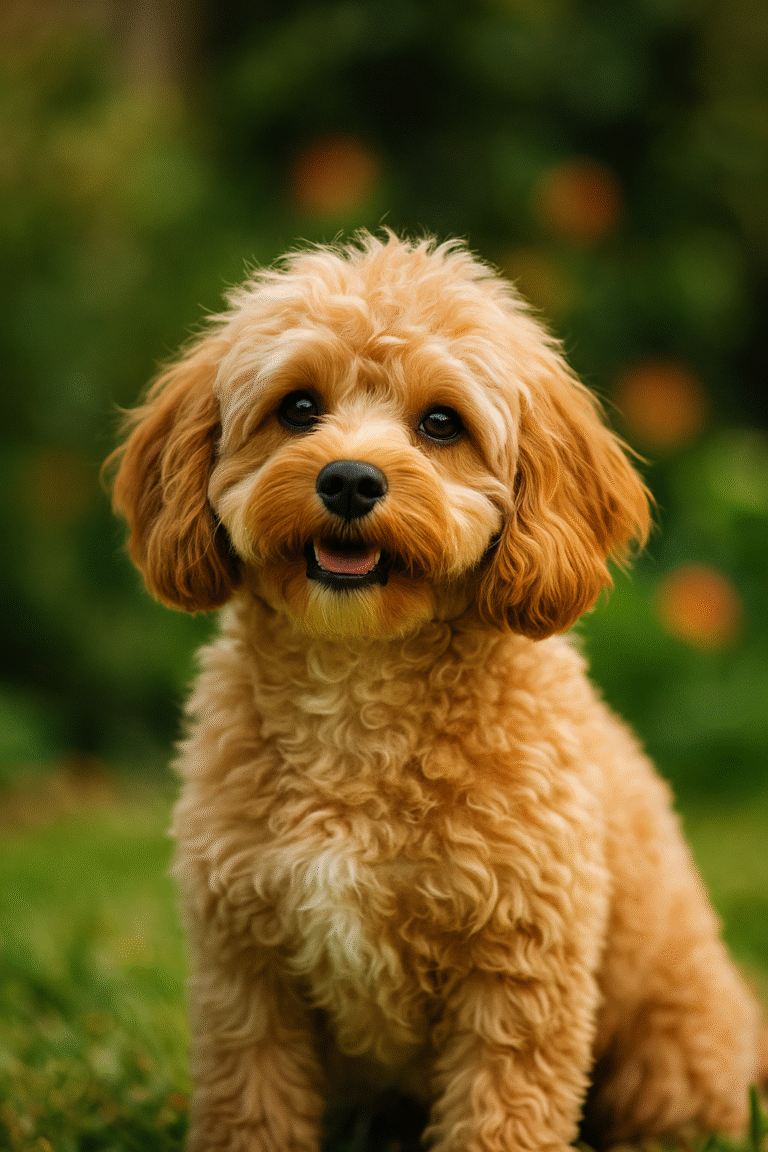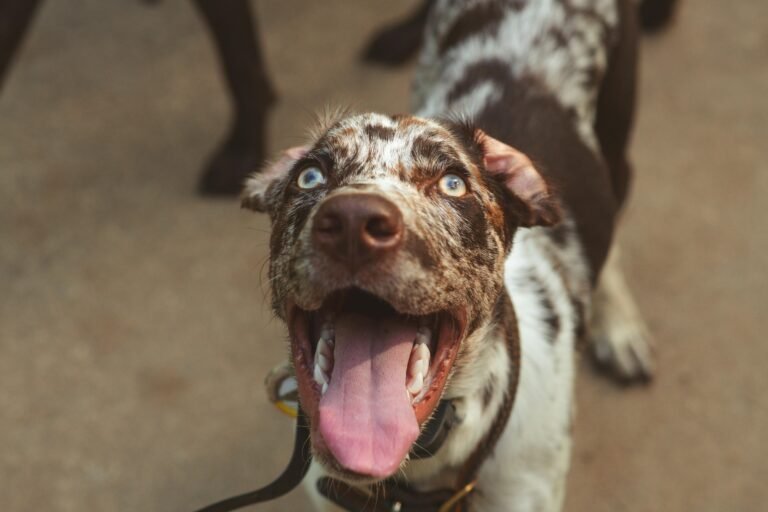Introduction
The Australian Cattle Dog is a high-energy herding breed prized for its intelligence, hard‑working nature, and loyal companionship. Originally developed to help ranchers drive stubborn cattle across the vast distances of the Australian outback, this breed combines the stamina of working stock dogs with the resilience and adaptability of the dingo. In this breed guide you’ll discover the fascinating history of the Australian Cattle Dog, learn about its temperament and personality traits, and get practical advice on training, care, and keeping your “heeler” happy and healthy.
History of the Australian Cattle Dog
Early settlers in Australia needed a dog that could move unruly cattle long distances over rough terrain and harsh climate. The Hall family, pioneers of cattle stations in the early 19th century, began crossing their working dogs with dingoes to produce tough, silent heelers. The resulting dogs, known as Halls Heelers, had strong herding instincts and a distinctive red or blue mottled coat. Over the next decades breeders introduced other working breeds to refine the line. Highland Collies contributed stamina and stock sense, Kelpies added agility and working drive, and Dalmatians were introduced to improve companionship and loyalty. Eventually these crosses produced the modern Australian Cattle Dog. The breed began to gain recognition beyond Australia when soldiers brought dogs back to the United States after the Second World War. It was recognized by kennel clubs only after a standard emphasizing a dingo‑like appearance and pricked ears was adopted.
Temperament and Personality
Australian Cattle Dogs are renowned for their intelligence and problem‑solving ability – the breed ranks among the top 10 in canine intelligence tests. They are independent thinkers who love to have a job and will quickly get bored if left to their own devices. With their families, these dogs are affectionate, loyal, and playful. They thrive on close relationships and often form strong bonds with a single person, making them intense companions. However, their natural reserve means they may be wary of strangers and need early socialization to prevent aloofness. The breed’s protective nature and strong herding instincts mean they will instinctively nip at the heels of running children or animals, so it is important to manage these behaviors from puppyhood. Cattle dogs can be vocal when sounding an alarm, but with proper training they learn when to be quiet and when to alert.
Training and Exercise Needs
Because they are so smart and full of energy, Australian Cattle Dogs require regular mental and physical stimulation. They do best when given tasks that engage both their brains and bodies. These dogs respond very well to positive reinforcement training and enjoy mastering new commands and tricks. Structured activities such as agility, obedience, rally, herding trials, and canicross are excellent outlets for their abilities. Many owners also teach them to help with chores around the house, such as picking up laundry or retrieving tools. Daily exercise should include at least an hour of vigorous activity – a fast walk, run, or playing fetch – along with training sessions that challenge their minds. Without enough stimulation Cattle Dogs may become destructive or develop nuisance behaviors such as barking or digging. The good news is that when their needs are met these dogs are not hyperactive; they become calm companions indoors.
Living With an Australian Cattle Dog
Thanks to their adaptability, Australian Cattle Dogs can thrive in a variety of living situations. Although originally bred for the open range, they can live happily in a suburban or even urban setting as long as they receive sufficient exercise and companionship They enjoy being included in family activities and will not do well if left alone outside or isolated. Grooming is relatively low maintenance; their short double coat sheds year‑round but requires only weekly brushing to remove dead hair. During seasonal shedding periods (often twice a year) more frequent brushing will reduce loose fur. Check their ears regularly and keep their nails trimmed to avoid cracks or splits. Like most working breeds, Australian Cattle Dogs can be prone to certain health issues, including hip dysplasia, deafness, and progressive retinal atrophy. Regular vet check‑ups, a balanced diet appropriate for an active working breed, and maintaining an ideal weight will help keep your dog healthy.
Activities and Sports
One of the joys of owning an Australian Cattle Dog is discovering the variety of activities they enjoy. In addition to farm work and herding, these dogs excel in canine sports. Their quickness and agility make them stars in agility courses, where they navigate jumps, tunnels and weave poles with impressive speed. They also love sports that combine running with obstacles like canicross or dock diving. A surprisingly water‑loving breed, many Cattle Dogs are strong swimmers who enjoy time in lakes or pools. Hiking is another excellent outlet; their endurance makes them great trail companions. Remember to watch for signs of fatigue and check their paws for burrs or cuts. As with all dogs, vary your activities to keep them mentally engaged – teaching tricks, playing hide‑and‑seek with toys or treats, and practicing scent games will harness their keen minds.
Caring for Your Cattle Dog: Tips
- Start training early and keep it fun: Begin socialisation and basic obedience in puppyhood, using positive reinforcement. Mix in tricks and games to prevent boredom.
- Provide a job or purpose: Cattle dogs thrive when they have tasks. Channel their herding instincts into dog sports, interactive toys, or chores at home.
- Exercise daily: Plan at least an hour of vigorous physical activity plus training. Incorporate variety – runs, hikes, agility practice, retrieving games, and swimming.
- Socialise widely: Expose your dog to many people, places, and other animals to prevent excessive wariness and ensure confidence.
- Monitor health: Schedule regular vet visits and screen for genetic conditions common in the breed. Keep your dog at a healthy weight and on a quality diet.
- Be patient and consistent: Intelligent dogs can test boundaries. Stay consistent with rules and provide clear guidance; they will respect leadership.
Conclusion
With their striking good looks and unmatched work ethic, Australian Cattle Dogs make devoted companions for active owners. Their history reflects the ingenuity of early Australian settlers who needed a hardy herder to control wild cattle. Today, the same drive and intelligence that made them invaluable on the range make them fantastic partners in modern sports, adventures, and daily life. If you are looking for a smart, loyal dog that will share your adventures and keep you on your toes, the Australian Cattle Dog may be the perfect match. Provide them with the training, exercise, and attention they crave and you’ll enjoy a lifelong bond with one of the most versatile and spirited breeds.






